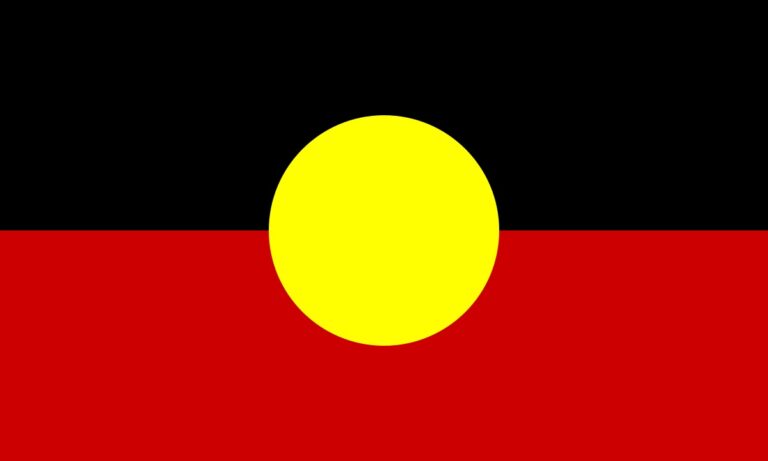Researchers
- Dr Heng Jiang, Centre for Alcohol Policy Research, La Trobe University.
- Dr Michael Livingston, Drug Policy Modeling Program, National Drug and Alcohol Research Centre, University of New South Wales, Centre for Alcohol Policy Research, La Trobe University. Dr Livingston is funded by a National Health and Medical Research Council (NHRMC) Early Career Fellowship (#1053029)
- Professor Robin Room, Centre for Alcohol Policy Research, La Trobe University; Centre for Social Research on Alcohol & Drugs, Stockholm University; Melbourne School of Population and Global Health, University of Melbourne.
Summary
There has been increasing concern about the harm to health and society caused by alcohol. However the relationship between alcohol and financial inequalities and poverty has not previously been explored. This is the first study in Australia to examine household expenditure on alcohol in relation to financial and demographic factors, residential situation, and financial difficulty. The study uses secondary data from the 2009-10 Australian Household Expenditure Surveys (HES) to investigate the distribution of household spending on alcohol, and the links between alcohol expenditure and the financial difficulties experienced by households. Furthermore, it examines the determinants of alcohol expenditure in order to better inform policies for controlling alcohol consumption and related harms through measures which impact on this behaviour.
Outcomes
The analysis found that Australian households spent an average of $32.20 per week on alcohol, which is equivalent to 1.9 per cent of their total weekly household expenditure. This is higher than average expenditure on tobacco ($12.50), personal care ($24) and education ($30.60), and similar to the amount Australian households spent per week on fuel and power ($32.50). The distribution of alcohol expenditure was fairly even across all income groups, with households in the third income quintile (the middle group) spending the highest proportion (2.3 per cent) of their total household expenditure on alcohol.
Australian households spent more on off-licence purchases (alcohol sold at takeaway liquor barns or bottle shops) than for on-licence purchases (alcohol consumed at licensed venues such as pubs, clubs and bars). This study found that households who purchased alcohol spent an average of $15 and $26 each week on alcohol beverages at on- and off-licence premises respectively. Interestingly, the lower income households spent proportionally higher amounts (70 per cent) at off-licensed premises rather than at on-licensed premises, when compared with the households in the higher income quintiles (58 per cent). The ratio of average alcohol spending by households at off- and on-licence premises is 1.7, but the ratio reaches 2.3 in the lowest income quintile group, and on the other hand is 1.4 in the highest income quintile.
A positive association was found between the percentage of household expenditure on alcohol and the financial difficulties which were experienced by households. Households that spent a greater proportion of their total expenditure on alcohol (the third, fourth and highest quintiles of this analysis) were 1.3 to 1.7 times more likely to experience financial difficulties than households which had no spending on alcohol. Furthermore, reporting having experienced three or more types of financial difficulties in the last 12 months was related to higher levels of alcohol expenditure.
Households who are renting and are headed by 18-24 year olds also spent significantly more money on alcohol each week, and were more likely to experience financial difficulties. When comparing expenditure among lower income groups, across Australian states and territories, the Northern Territory was found to have both the highest average weekly spend on alcohol ($55) and the highest rates of reported financial difficulties compared with other states and territories. When compared to 12 other countries for which similar data were identified, Australia ranked seventh for alcohol expenditure as a percentage of total household expenditure, but in the top five in alcohol consumption per capita.
Recommendations
A decrease in the alcohol spending in a household would effectively help to reduce the household’s financial problems, although further research is needed to explore this relationship. Policies which target household alcohol expenditure, for instance by restricting the availability of alcohol and raising alcohol prices and taxes, may help to reduce financial hardship for some Australian households, particularly among families experiencing financial difficulties and among young people and renters.






